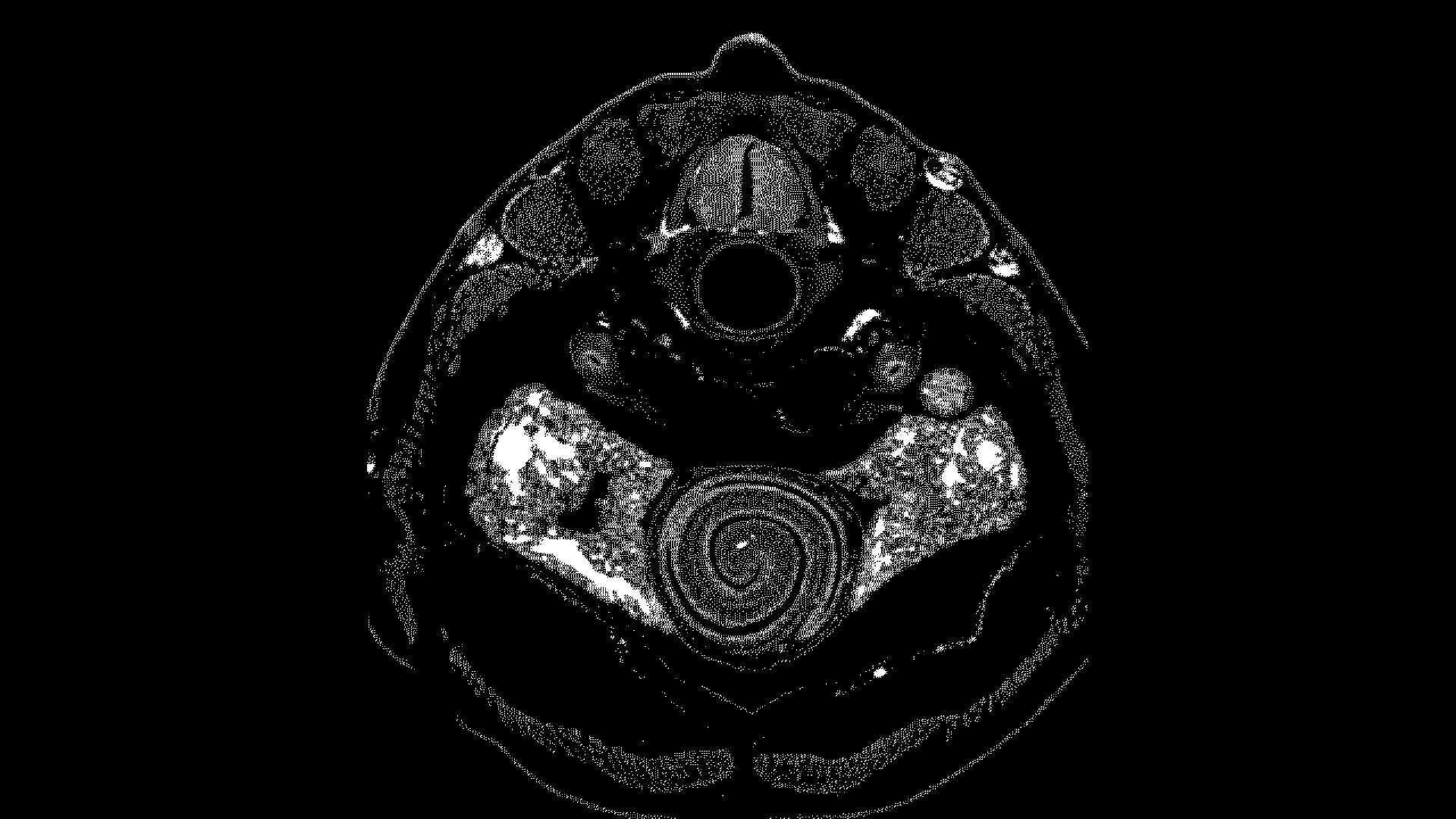About 500 million years ago, the first animals with a notochord — the foundation of a backbone — emerged on Earth. Today, the string of bone or cartilage that makes a vertebrate a vertebrate takes many shapes.
Katharine Criswell, a postdoctoral fellow at the University of Cambridge, look at how different species build this fundamental feature as a window into our deep evolutionary past.
Studies on the evolutionary origin of teeth and of vertebra further illuminate the human connection to marine organisms that goes back millions of years. Both studies in the little skate (Leucoraja erinacea) are published by Andrew Gillis and Katharine Criswell of the University of Cambridge, U.K., who conduct research as Whitman Center Scientists at the Marine Biological Laboratory (MBL), Woods Hole.
In the first paper in Proceedings of the National Academy of Sciences, Gillis and Criswell confirm the long-held assumption that teeth and the scales of sharks and skates have a common evolutionary origin. Moreover, their findings suggest that ancient fishes had multiple layers of external armor that evolved into the differing scale types we see today.

A microCT scan of a skate (Leucoraja erinacea) embryo. Credit: Katharine Criswell/University of Cambridge. Imagine you’re nose to tail with a skate embryo, moving through its body from back to front. The black hole near the top of the image is the notochord, above it the spinal cord and the gray area around both is the developing vertebra. That mesmerizing spiral is the stomach and intestine.
Discover more from CAPE CHARLES MIRROR
Subscribe to get the latest posts sent to your email.
Leave a Reply